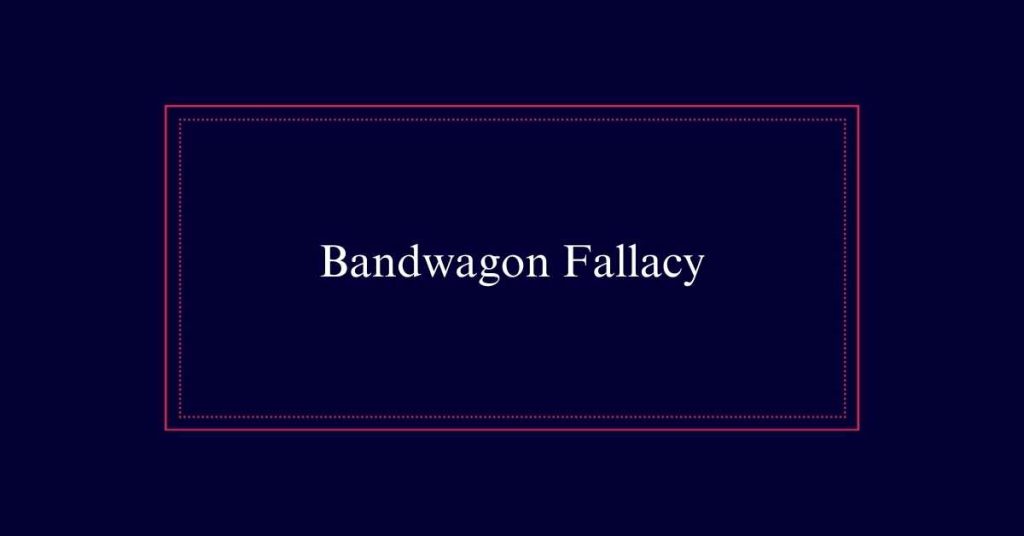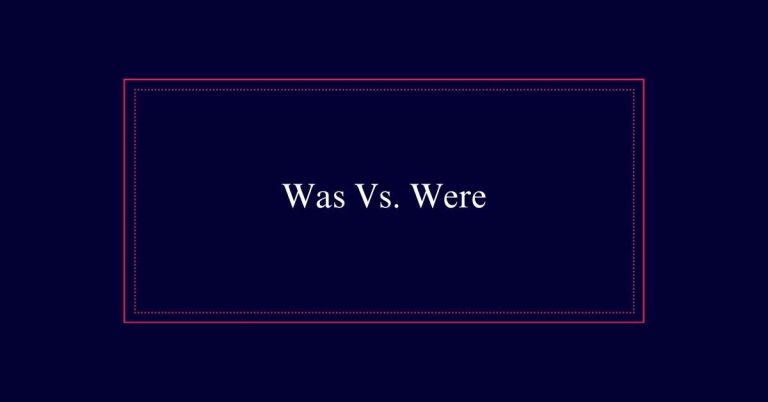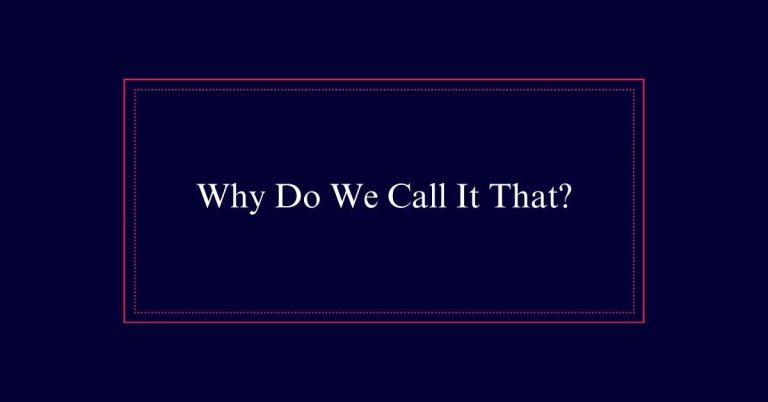Bandwagon Fallacy
The bandwagon fallacy occurs when the validity of a belief or action is based on its popularity. This logical error relies on consensus rather than evidence, undermining critical thinking. Its name originates from political campaigns of the 19th century, where supporters would jump onto bandwagons to show their allegiance.
Common examples include praising the ‘Twilight’ series because everyone reads it or booking a trendy vacation spot just because others do.
Definition of Bandwagon Fallacy
The bandwagon fallacy, frequently encountered in various forms of argumentation, occurs when a belief is deemed true simply because it is widely held. This logical fallacy, also known as appeal to the masses or appeal to common belief, assumes that popularity equates to truth. It relies on the notion that if many people believe something, it must be correct.
This fallacy is persuasive but flawed, as it prioritizes consensus over evidence. For instance, claiming a book is excellent just because it is a bestseller commits the bandwagon fallacy. Similarly, justifying an action like running a red light because many others do it follows the same reasoning.
Historical Origins
Originating from political campaigns, the bandwagon fallacy derives its name from the practice of supporters jumping onto bandwagons to show their alliance.
In the 19th century, bandwagons were used in parades to generate enthusiasm for political candidates. As more people joined, the bandwagon symbolized growing support, creating a perception of inevitability. This visual metaphor became a persuasive tool, encouraging others to join simply because many already had.
The term ‘bandwagon’ consequently became associated with adopting beliefs or actions based on their popularity rather than their merit. Over time, this concept extended beyond politics into various areas, including marketing and social behavior, illustrating how groupthink can influence individual decisions.

Common Examples
Many everyday scenarios illustrate the bandwagon fallacy, where popularity is mistaken for validity. For example, claiming that the ‘Twilight’ series is excellent simply because everyone has read it is a bandwagon fallacy.
Another instance is assuming it’s acceptable to run a red light because it’s a common practice. Similarly, booking a vacation to Iceland solely based on a trend report exemplifies this fallacy.
These examples show how people often justify beliefs or actions by citing their popularity rather than sound reasoning.
The bandwagon fallacy is prevalent in consumer choices, social behaviors, and even political opinions, where the appeal to the masses misleads individuals into thinking that widespread acceptance equals truth.
Mechanisms of Influence
Understanding how the bandwagon fallacy influences our decisions requires examining the mechanisms that drive this effect. These mechanisms include psychological, social, and cognitive factors.
- Psychological Influence: Humans have a natural tendency to conform to group norms. This desire for social acceptance can lead individuals to adopt popular beliefs without critical evaluation.
- Social Pressure: Peer pressure and the fear of missing out (FOMO) can coerce individuals into following the crowd. The perceived endorsement by the majority creates a compelling force.
- Cognitive Bias: Cognitive shortcuts, or heuristics, simplify decision-making processes. People often rely on the popularity of an idea as a heuristic to judge its validity, bypassing deeper analysis.
Impacts on Decision-Making
The bandwagon fallacy greatly influences decision-making by encouraging individuals to follow popular opinions without critical analysis. This fallacy can lead to decisions based on social conformity rather than evidence or logic. As a result, individuals may make poor choices, adopt misleading information, or support unethical practices simply because they are widely accepted.
| Impact | Description |
|---|---|
| Misinformation | Spreads false beliefs due to popularity |
| Herd Behavior | Promotes conformity and diminishes individuality |
| Consumer Choices | Affects purchasing decisions based on trends |
| Political Views | Shapes opinions without critical evaluation |
Comparison With Other Fallacies
Frequently, the bandwagon fallacy shares similarities with other logical fallacies such as appeal to emotion and appeal to authority. These fallacies manipulate reasoning to persuade audiences without sound evidence.
Appeal to Emotion: This fallacy sways opinions by triggering emotional responses rather than presenting logical arguments. Like the bandwagon fallacy, it bypasses critical thinking.
Appeal to Authority: Here, the argument relies on the opinion of an authority figure instead of factual evidence. Both fallacies capitalize on perceived credibility rather than truth.
Hasty Generalization: This occurs when a conclusion is drawn from insufficient evidence. It parallels the bandwagon fallacy in that both rely on limited information to make broad claims.
Identifying Bandwagon Fallacies
When identifying bandwagon fallacies, it is important to scrutinize arguments that rely heavily on the popularity of a belief rather than solid evidence. Start by looking for phrases that suggest something is true because ‘everyone thinks so’ or ‘most people do it.’ These statements often mask a lack of critical support.
Examine the actual evidence presented. Is it substantive, or is it merely appealing to the number of people who hold the belief? Additionally, consider alternative viewpoints. If the argument dismisses or ignores valid counterarguments, it may be a sign of a bandwagon fallacy.
Lastly, assess the credibility of the sources cited. Reliable evidence should come from authoritative sources, not just popular opinion.
Avoiding the Fallacy
To avoid the bandwagon fallacy, start by thinking critically about popular beliefs. This involves questioning why a belief is popular and evaluating the evidence supporting it.
Here are three steps to guide you:
- Research Independently: Gather information from diverse sources. Don’t rely solely on what the majority believes.
- Challenge Assumptions: Scrutinize common assumptions and ask yourself if they are logically sound or merely popular.
- Establish Beliefs on Evidence: Confirm your beliefs are grounded in solid evidence and reasoning, rather than the sheer number of people who hold them.
Role in Advertising
Advertisers often exploit the bandwagon fallacy to persuade consumers by highlighting the popularity of a product or service. They suggest that because many people are using or endorsing the product, it must be worth purchasing. This method creates a sense of urgency and fear of missing out (FOMO) among potential buyers.
Spotting in Writing
Identifying the bandwagon fallacy in writing requires careful scrutiny of arguments that rely heavily on popularity rather than sound evidence. Writers often fall into this trap when they assume that the popularity of an idea validates its truth.
To spot this fallacy, consider the following steps:
- Examine the Evidence: Check if the argument is supported by credible sources or merely by the number of adherents.
- Analyze the Logic: Determine if the conclusion logically follows from the premises or is based on the assumption that many people agree.
- Question Popularity: Ask if the claim’s popularity is being used as a substitute for solid reasoning.






